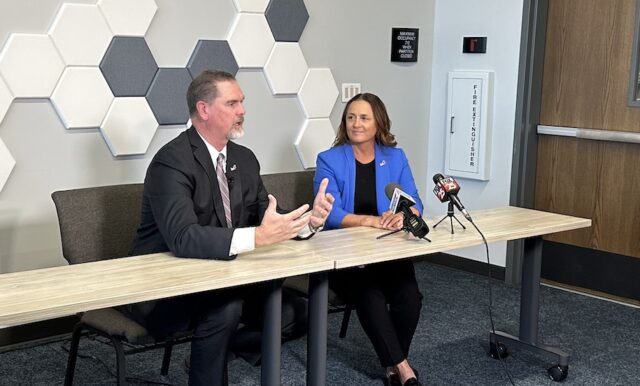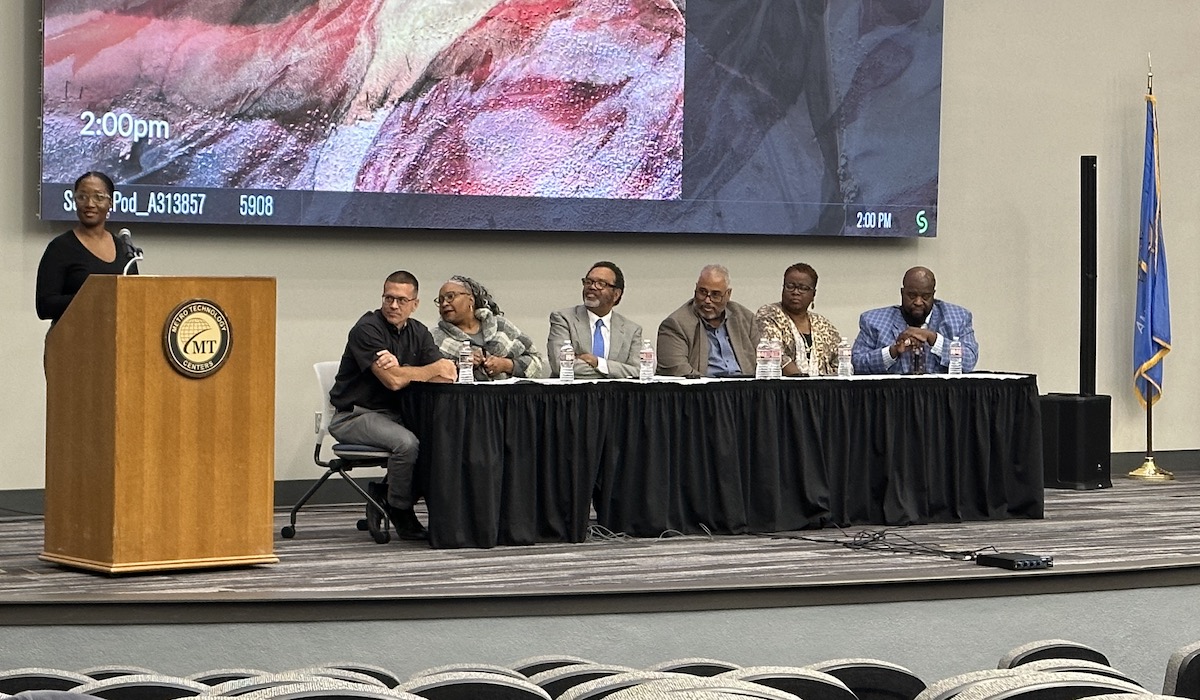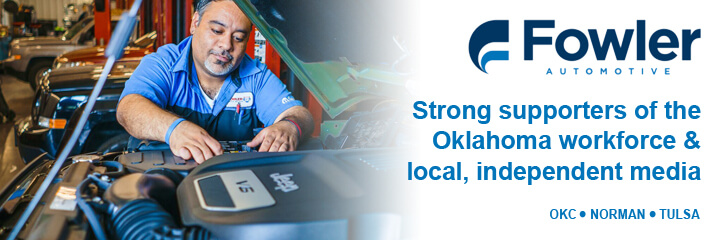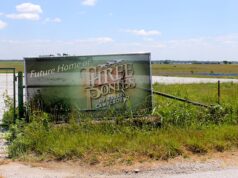

On Nov. 8, voters within Oklahoma City Public Schools boundaries will determine the fate of a nearly $1 billion bond proposal, which would be the largest in the district’s history, but that has been criticized for not including some of the young people attending school in the area.
While OKCPS leaders say the proposal will be key to putting their schools on an equal playing field with other urban districts, the bond faces some opposition because the proposal’s major investments would not support students attending the charter schools located within district boundaries. Those students comprise more than 20 percent of total enrollment for the area.
If the $955 million bond package is approved by 60 percent of district voters, most schools in the OKCPS district will see new renovations and other construction projects to improve or add on to current facilities. Money from the bond would also support some of the district’s annual expenses for items like textbooks, instruments and athletic equipment, but bond dollars are prohibited by state law from funding educator salaries.
“I think that the benefit of the bond passing is really twofold,” OKCPS Superintendent Sean McDaniel said at an Oct. 3 press conference promoting the bond proposal. “It allows us to continue operating the district. And then the second piece is (…) if it were to pass, we can not only take care of those recurring expenses for years and years, we also get to bring transformational change to our district in the way of brand new schools, brand new classroom initiatives, flexible spaces that we can use to really focus on workforce development. So lots of things (are) on the table.”
The district’s bond website includes the full list of site-specific projects. Notable items include a new Capitol Hill High School and a new middle school, which would combine Capitol Hill and Wheeler middle schools. A regional stadium would also be added to the John Marshall Enterprise High School feeder pattern.
Many schools will also get a “flexible space” that students and teachers can use for a variety of programming.
The bond will also add or improve general, district-wide amenities, such as equipment and uniforms for athletics and fine arts, better security systems, new technology infrastructure and new books.
School bonds are sold on the bond market to generate up-front capital for districts, and they are repaid with millage from property taxes. Oklahoma City has one of the lowest millage rates in the state for urban school districts. The last time OKCPS voters were asked to approve a bond measure was 2016, when three proposals totaling about $180 million each topped the 60 percent support threshold.
‘Negligible benefit’ for a fifth of students

When vocalizing their concerns with the Nov. 8 proposal, opponents of the bond have pointed to its large price tag and its relative lack of projects for charter schools, which are public schools funded by tax dollars.
Stating that 23 percent of students who reside within OKCPS boundaries attend some sort of charter school, Santa Fe South Schools Superintendent Chris Brewster said the OKCPS bond will not offer any major improvements to those students’ education.
“None of these kids will will see anything other than a negligible benefit from the bond,” Brewster said.
Although the five charter schools authorized by OKCPS are included in the bond proposal, most of their projects simply address backlogs in maintenance to keep buildings up to date. (In 2021, two major charter schools originally authorized by OKCPS — Harding Fine Arts and Santa Fe South — changed their charter authorization to the University of Science and Arts of Oklahoma and Oklahoma City Community College, respectively.)
Brewster said that while he has supported every local bond issue to this point, he is not supporting this one because it does not come with a “comprehensive strategy” to address student outcomes.
“I know that there are limitations to what a bond is expected to do. However, to be good stewards of this type of funding, I would expect some pretty clear progress academically and more plans in that way,” Brewster said. “We are allowing a rotten system to inhabit new buildings for another 10 years like we did with [MAPS 4 Kids], and we haven’t done anything to affect change on what occurs inside those buildings.”
McDaniel has touted the bond as simply addressing one aspect of the student experience.
“To get world-class education to kids, it’s a combination of your personnel, your facilities and your programs,” McDaniel said. “And so this is the facilities piece.”
Brewster and other community members have also cited a lack of community engagement for refusing to support the bond. Some people have been trying to change that.
Shawntay Alexander co-founded the Oklahoma City Black Alumni Coalition and holds a seat on OKCPS’ citizen oversight board for the bond. She moderated an Oct. 27 alumni coalition forum regarding the bond proposal, which featured six panelists who either supportive, opposed or unsure of the $955 million bond package.
Afterward, Alexander said she has made a point to ask people across Oklahoma City about the bond to hear their thoughts.
“But everyone I’ve asked about the bond — like do they know about the bond? — they say, ‘No,'” Alexander said. “They don’t know anything about it.”
For his part, Brewster wants any bond package using property tax dollars to improve Oklahoma City schools, but he wants more community involvement in creating one that supports all students in OKC.
“There [should] be creative, legal and appropriate solutions to include all kids, including public charter school kids in the OKC area,” Brewster said. “The second thing would be that it is part of a broader and a very clearly defined academic-outcomes initiative, and that it’s transparent to the stakeholders.”
As the election approaches, McDaniel said at the Oct. 3 press conference that he believes the OKCPS bond will pass and that it could define his tenure as superintendent.
“I think about sitting on my rocking chair after I’ve retired and looking back on how I spent my life and the things that I did, and I can tell you, without question, if this bond passes and the opportunities that we can bring to our kids actually become a reality, I will sit on that rocking chair and look back and this will be the one thing that I got to be a part of in my career that will rise above everything else I’ve ever been a part of,” McDaniel said. “This has that much potential impact on the lives of our kids and our families, our faculty and staff.”




















